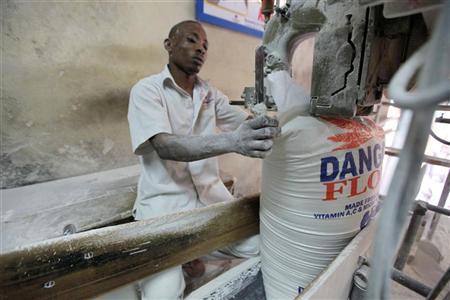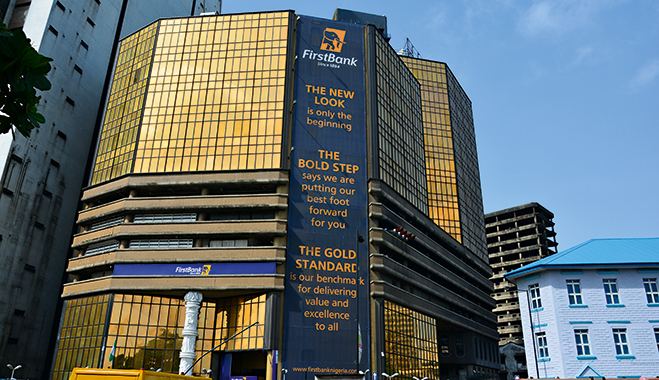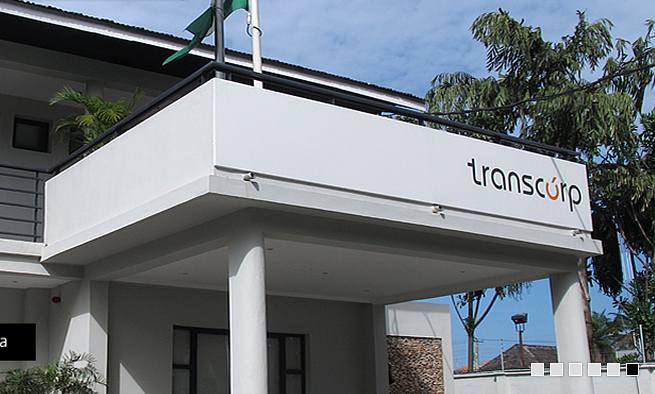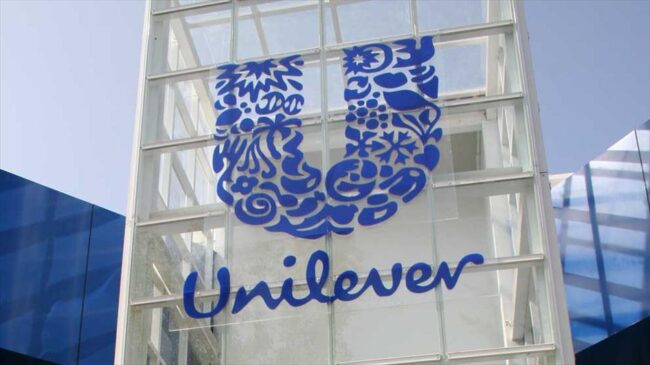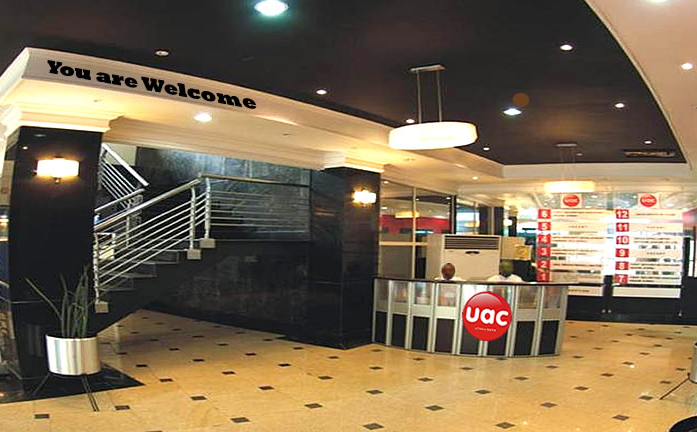Dangote Flour Mills has come a long way from the peak of five years of running losses to a comfortable milestone on the path of profitability. There has been a fundamental redressing of the company’s operating structure that choked off profitability. An outstanding growth in sales revenue has lowered cost margins and improved profit capacity. With that, the mountain of accumulated losses has begun to diminish.
The company’s financial year ended September 2016 is one of a turnaround in which management’s restructuring efforts have begun to pay off. From a peak loss of N12.68 billion in 2015, the company journeyed to attain a net profit leap at N5.42 billion at the end of the financial year. This is the company’s first profit figure in several years, arising from a fundamental adjustment in the cost-income structure. This indicates that it isn’t going to be an emergency landing on profit but a sustainable recovery for the flour milling company.
Sales revenue amounted to N78.11 billion for Dangote Flour at the end of its financial year, an outstanding growth of 62.6%. It recorded a strong final quarter during which it generated 36% of the full year sales revenue and earned 49% of profit. That raised the full year earnings figures well ahead of projections.
The favourable performance in sales revenue reflects a new strength that has been missing in recent years. Inability to push sales has been the fundamental problem facing the company. It is the main factor responsible for the increase in cost margins and the resulting running losses.
Advertisement
Dangote Flour Mills engages in the milling of wheat and production of wheat products, including bread flour, confectionery flour and pasta semolina. It produces pasta and noodles through its two subsidiaries. The major development in the business in 2016 is a significant cut down in the cost-income ratio. The proportion of revenue devoted to each main cost line has gone down considerably, which has rebuilt the strength to convert revenue into profit.
Cost of sales, for instance, claimed over 90% of turnover in 2015. In 2016, the ratio declined to 74%, as the company grew sales revenue almost five times as fast as cost of sales. This permitted an exceptional growth of 355% in gross profit to N20.33 billion at the end of the financial year.
Another favourable cost behaviour came from distribution/administrative expenses, which went down by 10.4% in the face of the outstanding growth in sales revenue. This is an indication of a real growth in sales volume and a major gain in market share rather than a nominal increase. This reinforced the cost saving from cost of sales and lifted operating profit from a loss figure of N4.14 billion in the preceding year to N12.42 billion at the end of the 2016 financial year.
Advertisement
The company was actually headed for a far bigger turnaround than realized in 2016 but for foreign exchange losses that chopped off nearly 33% of operating profit. Foreign exchange losses more than doubled at 127.8% to N4.05 billion in the year.
The adverse impact of foreign exchange losses was partly countered by a drop of 18.2% in finance expenses, which amounted to N3.18 billion in 2016. This was further boosted by a strong performance in finance income, which grew from insignificance in the prior year to N351 million in 2016.
The drop in finance cost reflects a cut down in the company’s balance sheet debts. Short-term borrowings have dropped by over 57% to N428 million and long-term debts have gone down by 9.4% to N34.30 billion.
The strong growth in interest income reflects a significantly improved cash flow position of the company. It generated a net cash of over N19 billion from operating activities in 2016, up from a net cash utilisation of N3.56 billion in 2015. It also recorded a net cash generated from financing activities of over N4.1 billion, leading to a net cash increase of nearly N20 billion at the end of the year.
Advertisement
Dangote Flour Mills’ favourable operating story in 2016 yielded a positive bottom line, turning around a net loss of N12.68 billion in 2015 to a net profit of N5.54 billion in 2016. As much as 49% of the profit was earned in the final quarter, putting the full year figure well ahead of projection. The strong final quarter performance raised the closing profit margin from 5.7% in the third quarter to 7.1%.
The company’s profit for the year has been swallowed up by accumulated losses in the capital account. It has however led to a significant progress in cutting down the loss build up from over N23 billion last year to N17.5 billion. The company structured a share purchase agreement to the tune of N13.97 billion in the course of the year. This has enabled it to fill up a negative equity hole of N3.07 billion at the end of the last financial year and raise net assets to over N16.44 billion in 2016.
Cash dividend isn’t expected until profits are large enough to level up the retained deficit. The company earned N1.11 per share at the end of the 2016 financial year, rising from a loss of N2.50 per share in 2015.
Advertisement

